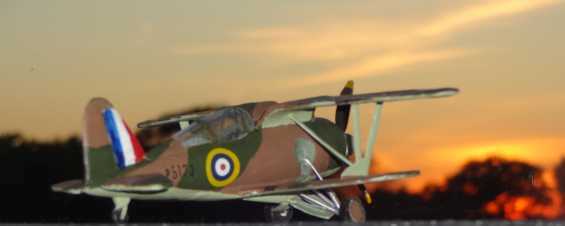Dinger's Aviation Pages
The Gregor FDB-1 Fighter
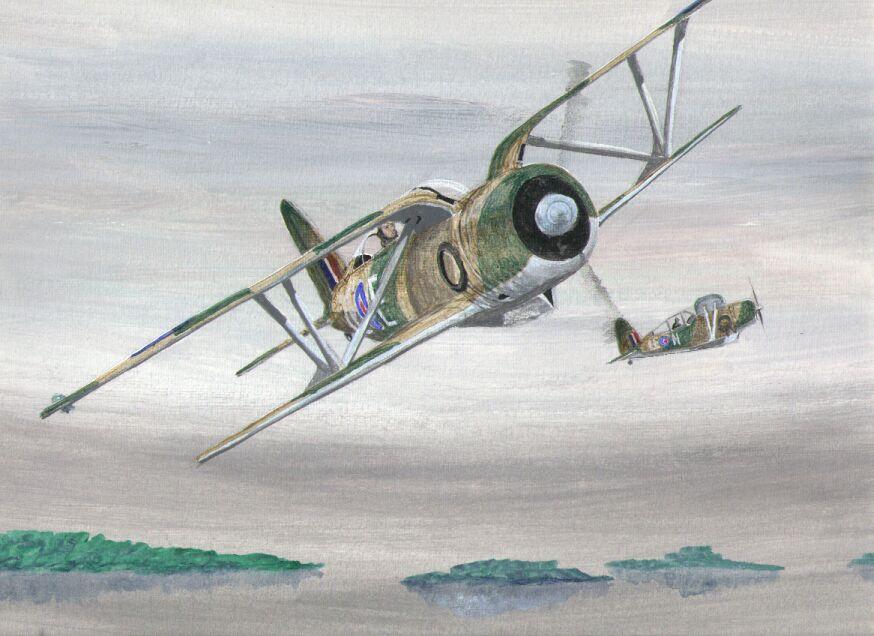

The Gregor FDB-1 (FDB stood for Fighter Dive-Bomber) was a fascinating project by the Canadian Can-Car Company for a biplane fighter designed just before World War 2. Only one prototype was ever built. In the picture above, I've painted it as if it had reached production and gone into service with the RCAF / RAF.
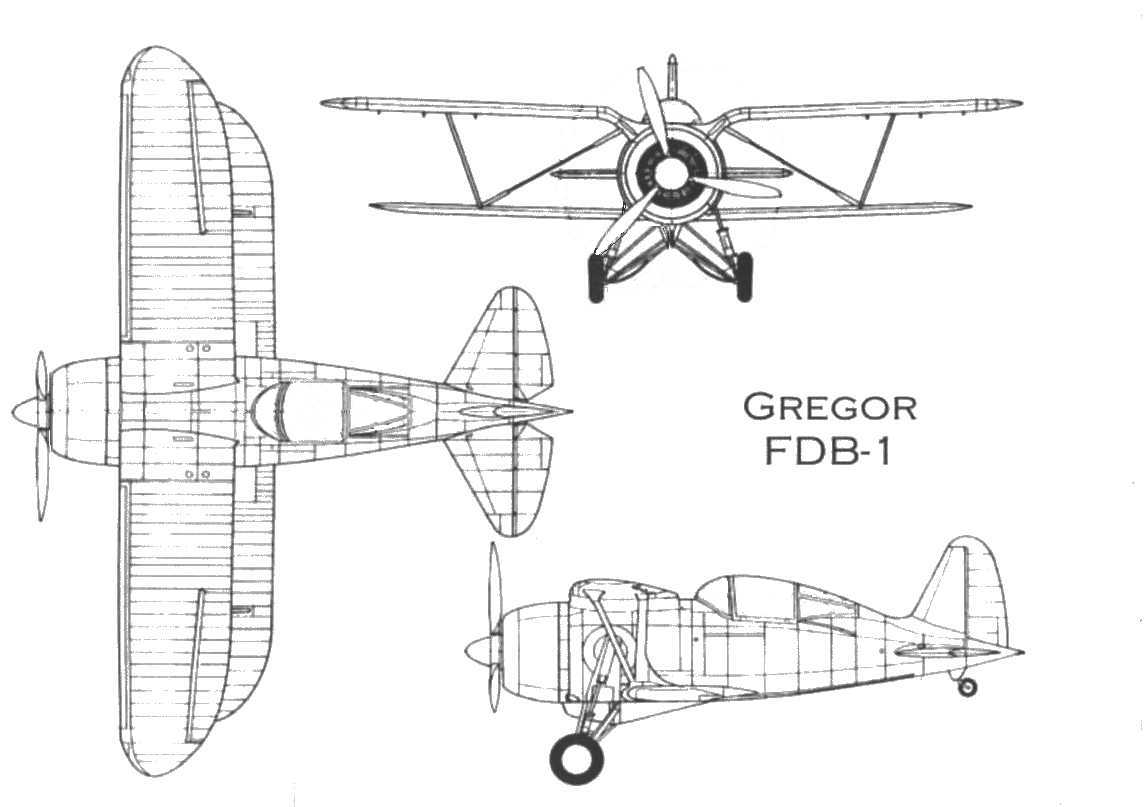
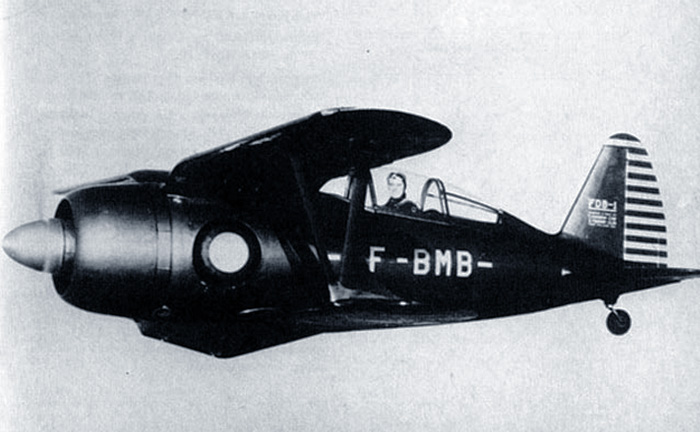
Rather than writing an article on the Gregor FDB-1 that would just paraphrase other sources out there can I just refer you straight to the best online history of the aircraft. It is on the Vintage Wings of Canada website and you can get to it at the following link.
Gregor FDB-1 Prototype Specification
Length: 6.6 metres (21 ft 8ins). Wingspan: 8.5 metres (28ft). Empty weight: 1,306 kg (2,880 lb). Gross weight: 1,860 kg (4,100 lb).
Engine: Pratt & Whitney Twin Wasp Junior 650 hp two-row, 14-cylinder, radial engine (hoped to be upgraded to a 1,200 hp Twin Wasp in production aircraft).
Max Speed (without armament): 261 mph (420 kph). Range: 985 miles (1,585 km). Ceiling: 27,700 ft (8,400metres).
Armament (projected, never fitted): two .50 calibre machine guns plus provision for a 116 lb (53 kg) bomb under each wing.
Length: 6.6 metres (21 ft 8ins). Wingspan: 8.5 metres (28ft). Empty weight: 1,306 kg (2,880 lb). Gross weight: 1,860 kg (4,100 lb).
Engine: Pratt & Whitney Twin Wasp Junior 650 hp two-row, 14-cylinder, radial engine (hoped to be upgraded to a 1,200 hp Twin Wasp in production aircraft).
Max Speed (without armament): 261 mph (420 kph). Range: 985 miles (1,585 km). Ceiling: 27,700 ft (8,400metres).
Armament (projected, never fitted): two .50 calibre machine guns plus provision for a 116 lb (53 kg) bomb under each wing.
Modelling the Gregor FDB-1
Regrettably, for an aircraft that holds a key place in Canadian aviation history, there has never been an injection-moulded plastic kit of the Gregor FDB-1 issued. Even in vacuform format there has only been one attempt at reproducing it (at least only one I am aware of). That is in 1/72 scale by the Can-Vac Models company of Coquitlam B.C. Canada; a short-lived concern that seems to have only released four models, the Gregor, the Canadair Tutor jet trainer, the Fleet & fawn and the Fleet 16 Finch.
The Can-Vac Gregor FDB-1 vacuform model is one for experienced modellers only. It provides only the most basic parts. There is no propeller, no engine, no undercarriage and no decals provided with the kit, you'll have to source these from your spare-parts box or make them yourself. The plastic is quite thin for a vacuform, making it easy to cut the basic parts out but difficult to glue together. There seems to be an issue with the shape of the rudder, which looks better fitted backwards! This means you have to re-scribe the horn balance. The fabric effect on the wings seems a bit overdone while on the fuselage there are no panel-lines at all, except for the cooling gills which are moulded much too heavily. The prominent rails that the cockpit canopy ran back on are missing. When compared against plans of the Gregor FDB-1 the outline of the wings and fuselage are very accurate, however, the lines of the engine cowling do not quite capture the "look" of the original. The cockpit transparency cuts out quite well but is difficult to locate on the fuselage, you need to carefully study photos of the original to make sure you do not put it too far forwards. The most difficult aspect of the model is making and fitting the gull-wing centre sections. The parts provided for the gull-wing section are difficult to cut out accurately and I found them impossible to mate up convincingly. I had to improvise and scratch-build these sections out of Milliput. It is hard to criticise the Can-Vac model too much, after all, it is the only game in town if you want to build a Gregor FDB-1, I can only thank them for providing the starting point for building this fascinating aircraft. There seem to be quite a few unbuilt ones out there since they seem to crop up on eBay surprisingly often.
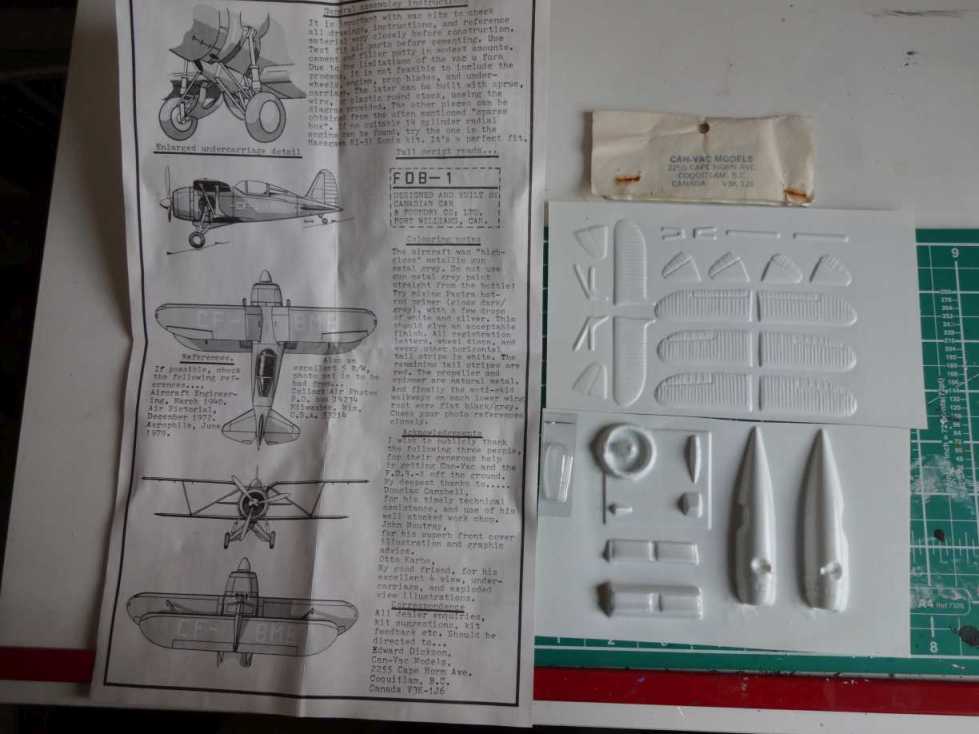
The Can-Vac kit consists of two sheets of vacuform plastic and a vacuform transparent canopy. There are no decals, propeller, engine or undercarriage.
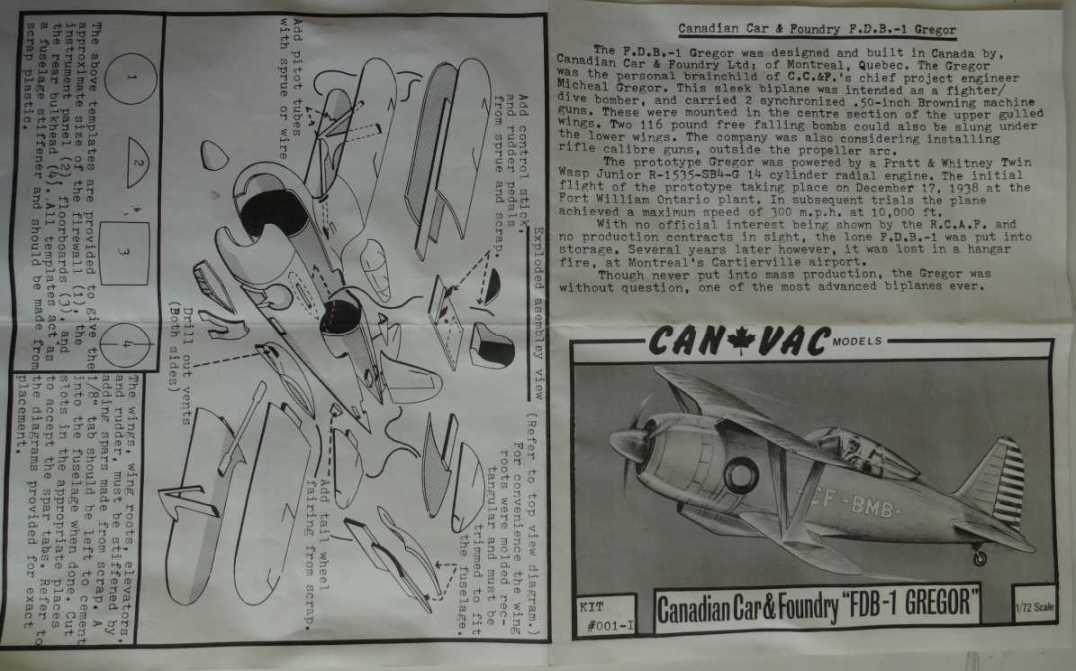
The other side of the instruction sheet. The sheets of vacuform plastic provide lots of spare plastic to cut out the bulkheads, cockpit floor and instrument panel from the templates provided.
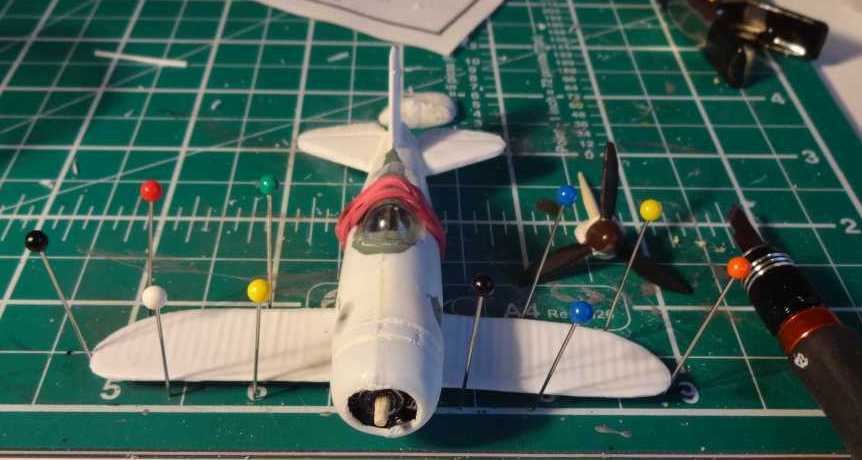
The kit under construction. It is a tiny aircraft.
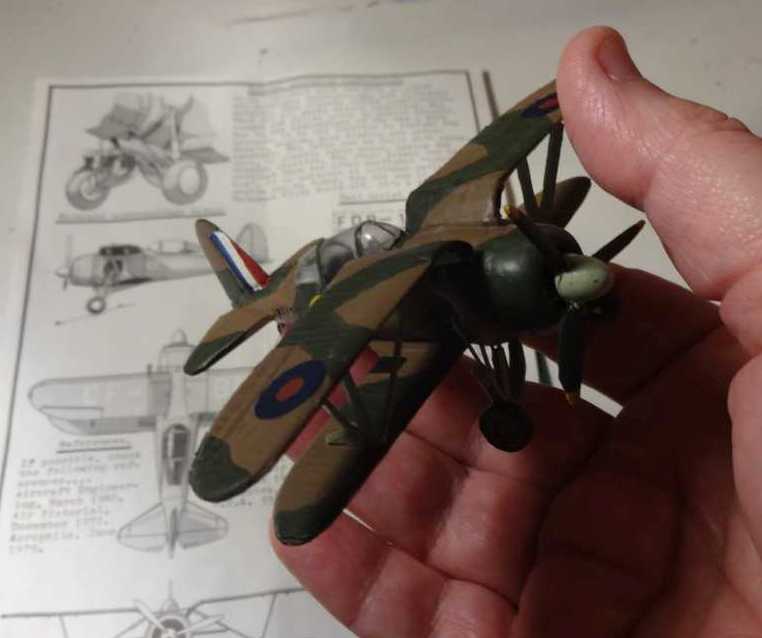
The Can-Vac Gregor DB-1 kit makes up into a dinky little model.
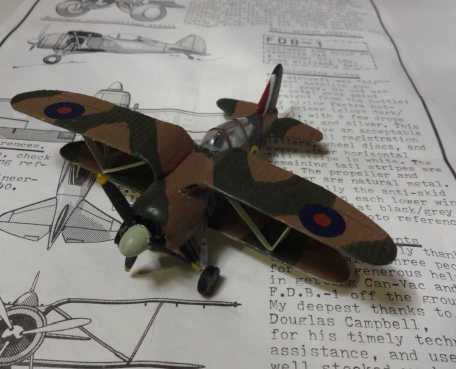
Completed kit, in RAF camouflage colours, as if it had gone into service. I gave it the serial number of one of the first Hawker Hurricanes produced in Canada.
